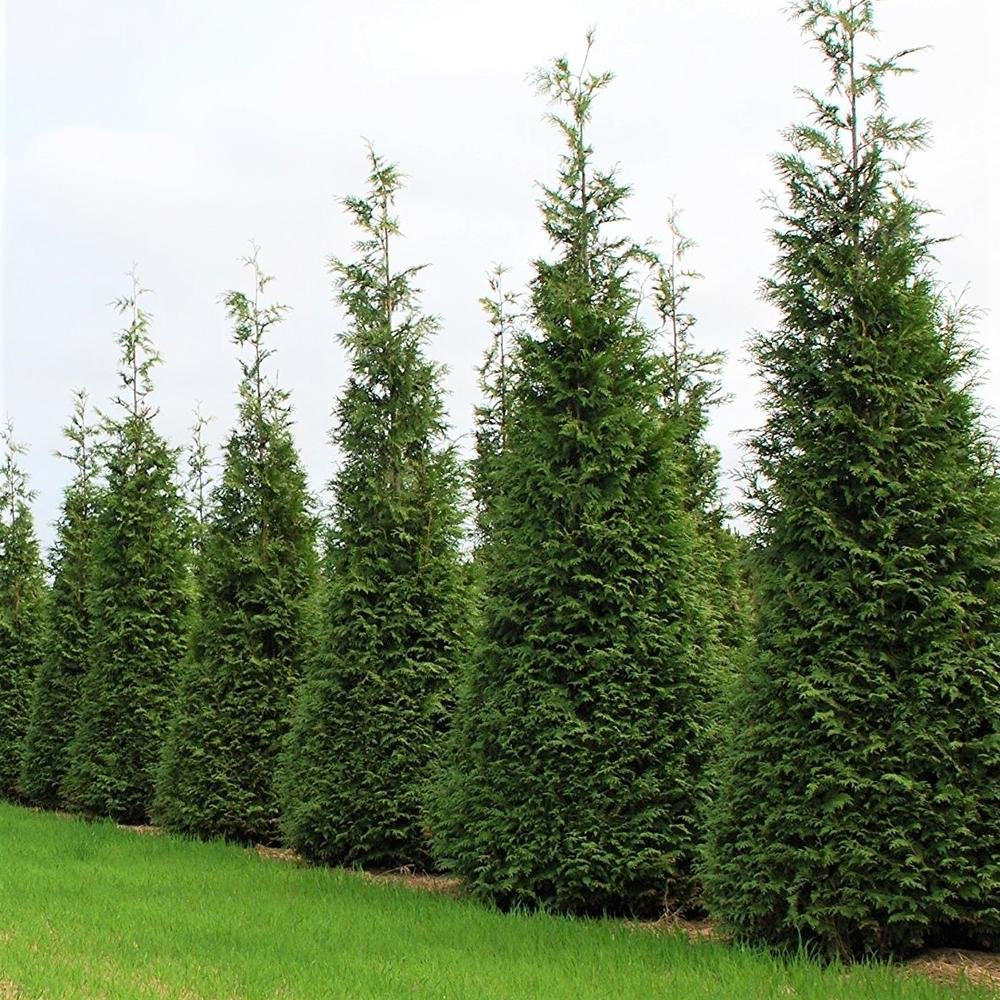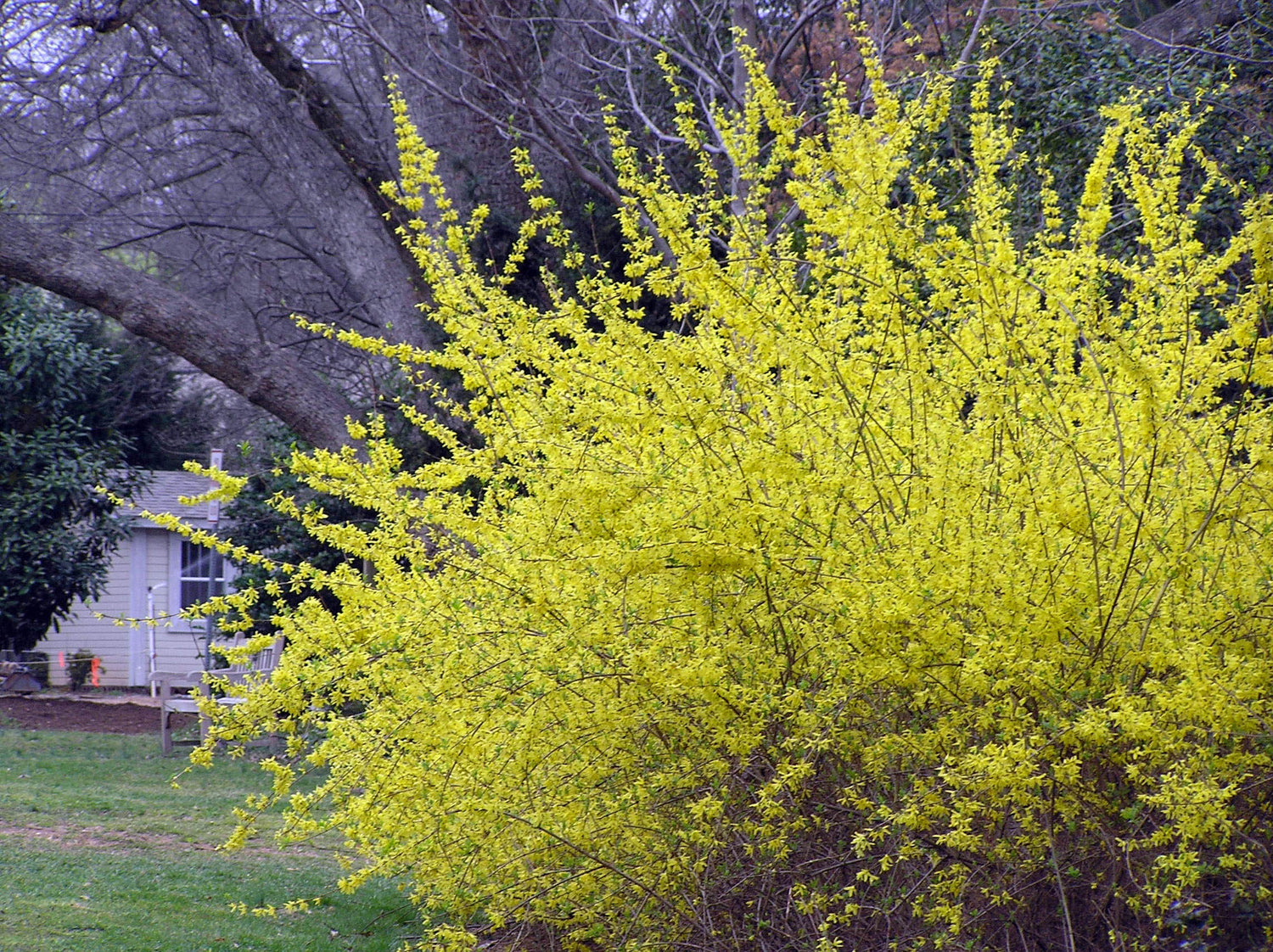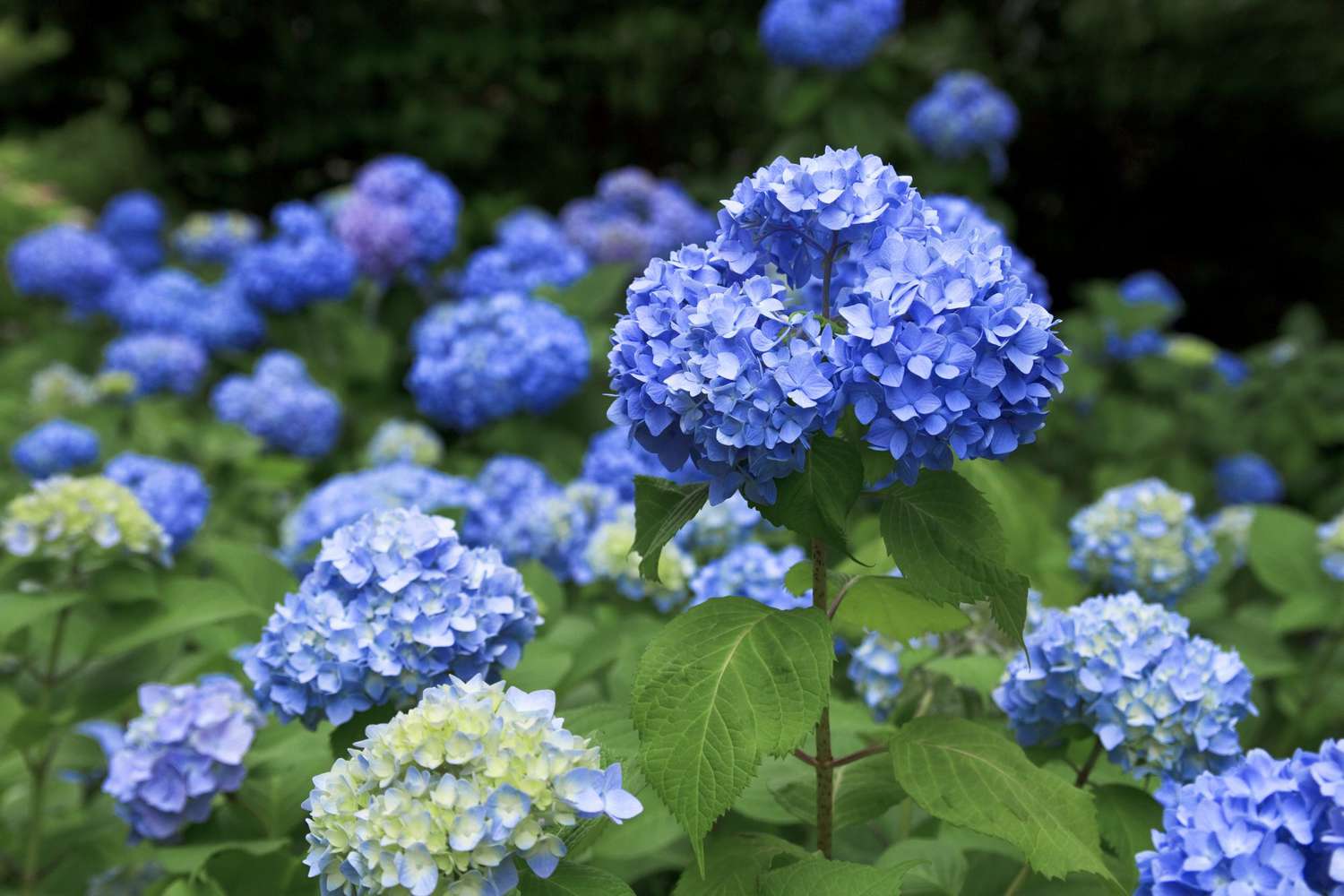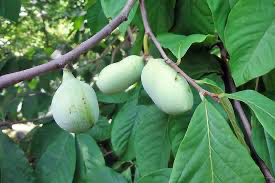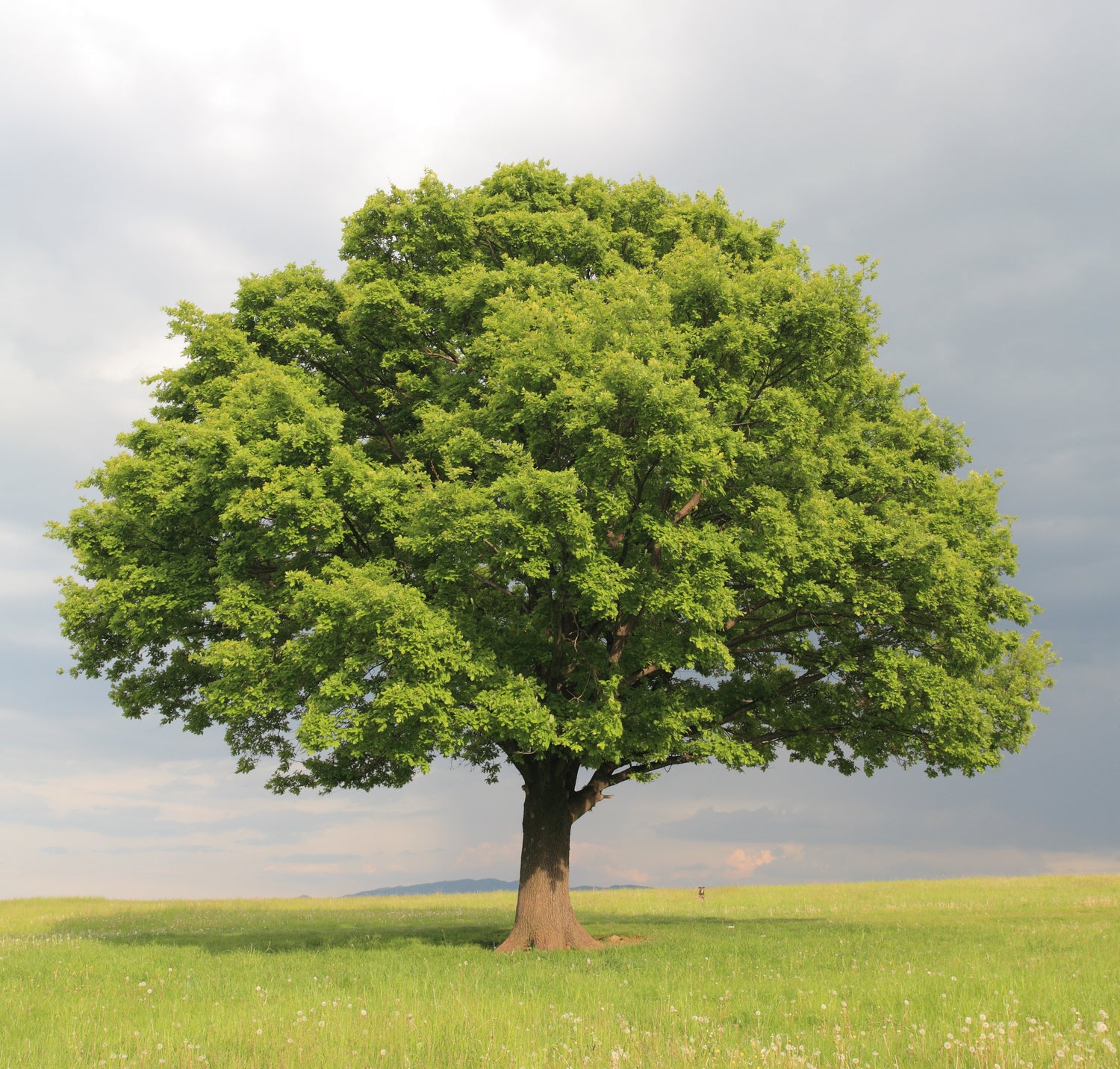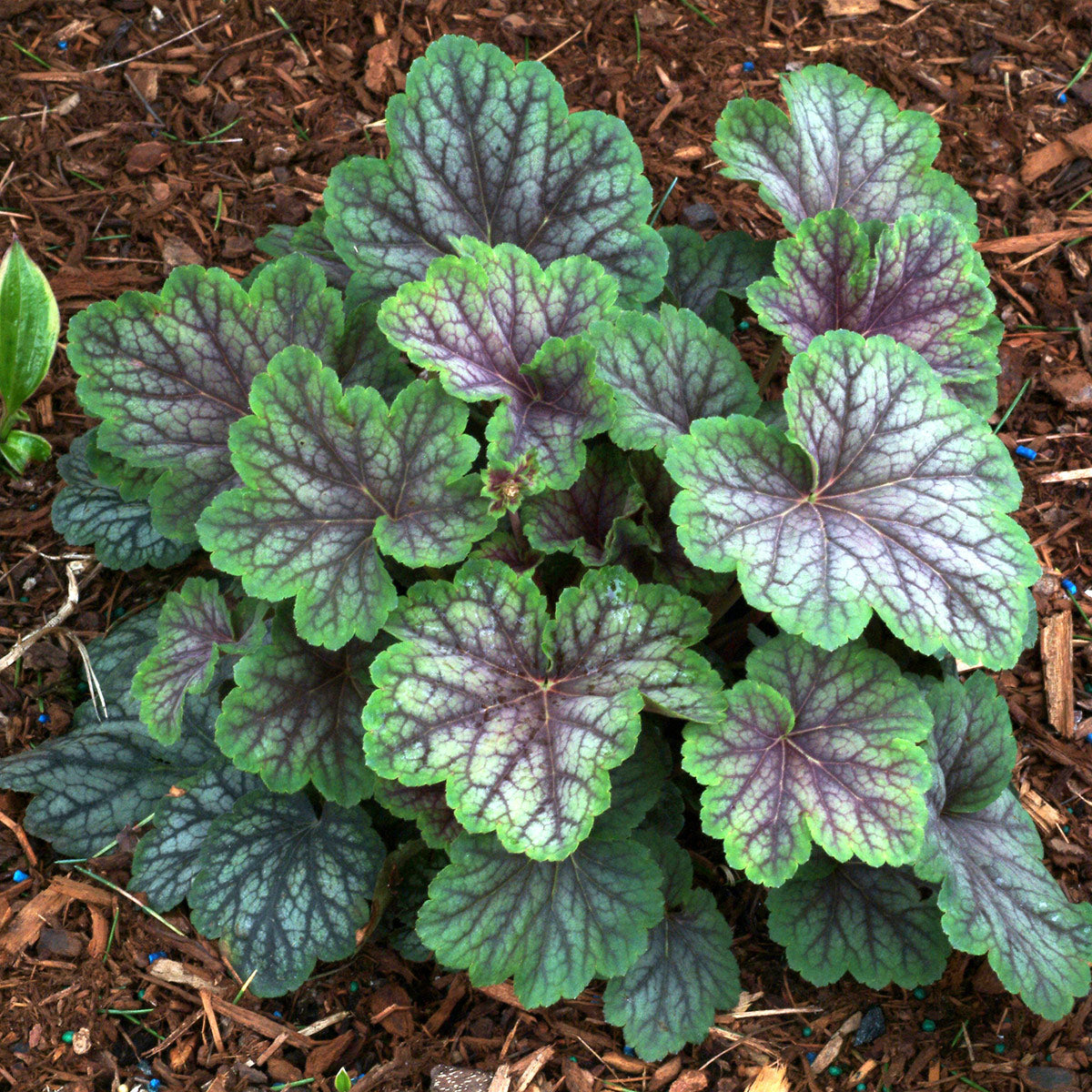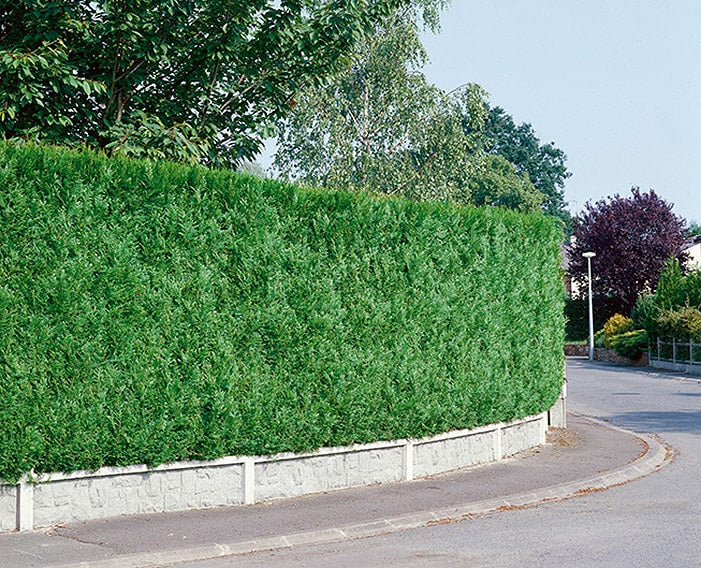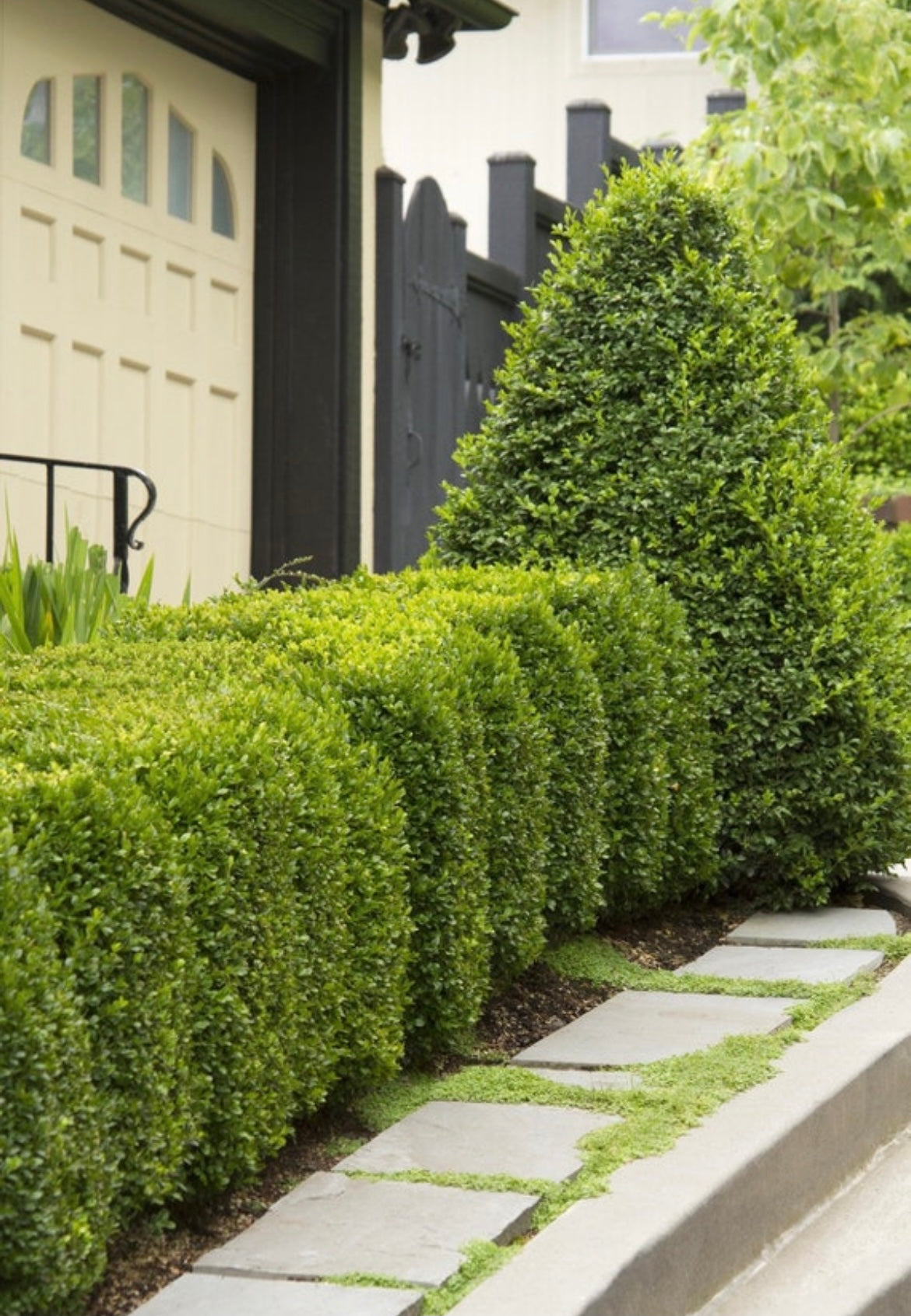Why Native Trees Matter
In today’s world, where the latest and greatest often take precedence, the value of native trees remains timeless and increasingly crucial. As someone deeply rooted in the heart of Missouri, I’ve witnessed firsthand the robustness and beauty that native trees bring to landscapes and ecosystems. Native trees, by their very nature, are adapted to thrive in their local environments, making them an essential component of regional biodiversity.
Native species have co-evolved with local wildlife, forming symbiotic relationships that are the foundation of our ecosystems. They provide critical habitat and food sources for a variety of birds, insects, and wildlife. This interdependence supports not only the survival of local fauna but also contributes to the overall health of our environment.
Moreover, native trees are naturally resilient. They are well-adapted to withstand the local climate, soil conditions, and pests. This resilience means they require less water, fewer pesticides, and minimal care compared to their non-native counterparts, making them a sustainable choice for any landscape.
At 🌳 Weaver Family Farms Nursery 🌳, we understand the intrinsic value these trees offer. They are not just plants; they represent a legacy of natural beauty, environmental stewardship, and ecological harmony. By choosing native trees, we choose to support and nurture the world around us, ensuring a healthier planet for future generations.
Explore our selection of native trees at 🍁 Weaver Family Farms Nursery 🍁 and join us in making a positive impact on our environment, one tree at a time.

The Drawbacks of Non-Native and Hybrid Varieties
When it comes to landscaping, the allure of non-native and hybrid plants is undeniable. They promise faster growth, vibrant colors, and unique appearances. However, beneath the surface of these attractive qualities lie potential drawbacks that can significantly impact local ecosystems and the health of our environment.
One of the most significant concerns with non-native and hybrid varieties is their unpredictability. These plants have not undergone the centuries of natural selection that native species have. As a result, their ability to withstand local diseases, pests, and weather conditions is often unknown. This uncertainty can lead to increased use of water, pesticides, and fertilizers, negating the environmental benefits of gardening and landscaping.
Moreover, non-native plants can become invasive. Without natural predators to keep their growth in check, these plants can spread uncontrollably, outcompeting native species for resources and habitat. This invasive behavior disrupts local ecosystems, diminishes biodiversity, and can lead to the decline of native plants and animals. The impact of invasive species is not always immediately apparent, but once recognized, it can be challenging and costly to manage.
At 🌲 Weaver Family Farms Nursery 🌲, we prioritize the cultivation and distribution of native trees because we understand the long-term benefits they offer. Native trees contribute to the balance and health of local ecosystems in ways that non-native and hybrid varieties cannot match.
By choosing native, you're not only enhancing your landscape but also contributing to the preservation and health of your local environment. Discover the beauty and benefits of native trees at 🍂 Explore Weaver Family Farms Nursery 🍂.

The Benefits of Planting Native Trees
Planting native trees is more than just an aesthetic choice for your garden or landscape; it's a commitment to supporting and enhancing the local ecosystem. Native trees are perfectly adapted to their environment, offering a multitude of benefits that non-native species simply cannot match.
Adaptation to Local Conditions
Native trees have evolved over centuries to thrive in their specific geographic and climatic conditions. This adaptation means they are generally more resistant to local pests, diseases, and weather extremes. As a result, they require less maintenance, fewer pesticides, and less water than their non-native counterparts, making them a more sustainable and eco-friendly option.
Supporting Local Wildlife
Native trees play a crucial role in supporting local wildlife. They provide essential food, shelter, and breeding grounds for various species of birds, insects, and mammals. By planting native trees, you're contributing to the preservation of local biodiversity, ensuring that native species have the resources they need to survive and thrive.
Enhancing Soil and Water Conservation
The deep root systems of native trees are excellent at preventing soil erosion and enhancing water conservation. These roots help to stabilize the soil, reduce runoff, and improve water quality by filtering pollutants. This contributes to the health of local waterways and groundwater supplies, benefiting both people and wildlife.
Aesthetic and Cultural Value
Native trees add unique beauty to landscapes with their diverse shapes, sizes, and colors. They also hold significant cultural value, connecting us to the history and identity of a place. By choosing native trees, you're embracing the natural heritage of your region and contributing to the preservation of its unique landscapes.
At 🌳 Weaver Family Farms Nursery 🌳, we understand the importance of native trees in creating healthy, sustainable, and beautiful environments. Our selection of native trees is carefully cultivated to ensure that you can find the perfect fit for your landscape while contributing positively to the local ecosystem. Explore our collection and embrace the benefits of going native.
🍁 Discover the Beauty of Native Trees 🍁 at Weaver Family Farms Nursery, where we celebrate the natural heritage of our landscapes and encourage the planting of trees that belong.
How to Choose and Plant Native Trees
Selecting and planting native trees in your landscape can be a rewarding experience, contributing to the environmental health and beauty of your surroundings. Here's a guide to help you make informed choices and ensure the successful establishment of your native trees.
Selecting the Right Native Trees
When choosing native trees, consider the specific conditions of your planting site, including soil type, sunlight, and moisture levels. It's also important to think about the mature size of the tree and how it will fit into your landscape. Research the native trees that are well-suited to your area and select species that will thrive in your specific conditions.
Planting Your Native Trees
Once you've selected your native trees, planting them correctly is crucial for their survival and growth. Here are some key steps to follow:
- Timing: Plant trees during their dormant season, in fall or early spring, to give them the best start.
- Digging the Hole: Dig a hole that is as deep as the root ball and twice as wide. This allows the roots to spread easily.
- Placing the Tree: Remove the tree from its container and gently loosen any circling roots. Place the tree in the center of the hole, ensuring that it's standing straight.
- Backfilling: Fill the hole with the original soil, tamping down lightly to remove air pockets. Water thoroughly to settle the soil around the roots.
- Mulching: Apply a layer of mulch around the base of the tree to retain moisture, regulate soil temperature, and reduce weed competition.
Caring for Your Native Trees
After planting, provide your trees with regular water, especially during their first few years as they establish. While native trees typically require less maintenance, monitoring their health and growth will help you address any issues that arise promptly.
Planting native trees is a powerful way to enhance your landscape while supporting the local ecosystem. By choosing the right species and providing them with the care they need, you can enjoy the benefits of these beautiful, resilient, and ecologically valuable plants for years to come.
🌿 Explore Native Tree Options 🌿 at 🌲 Weaver Family Farms Nursery 🌲, where we're dedicated to offering a diverse selection of native trees that can enrich your environment and contribute to the natural beauty and biodiversity of your community. Start your journey toward a more sustainable and vibrant landscape today.

